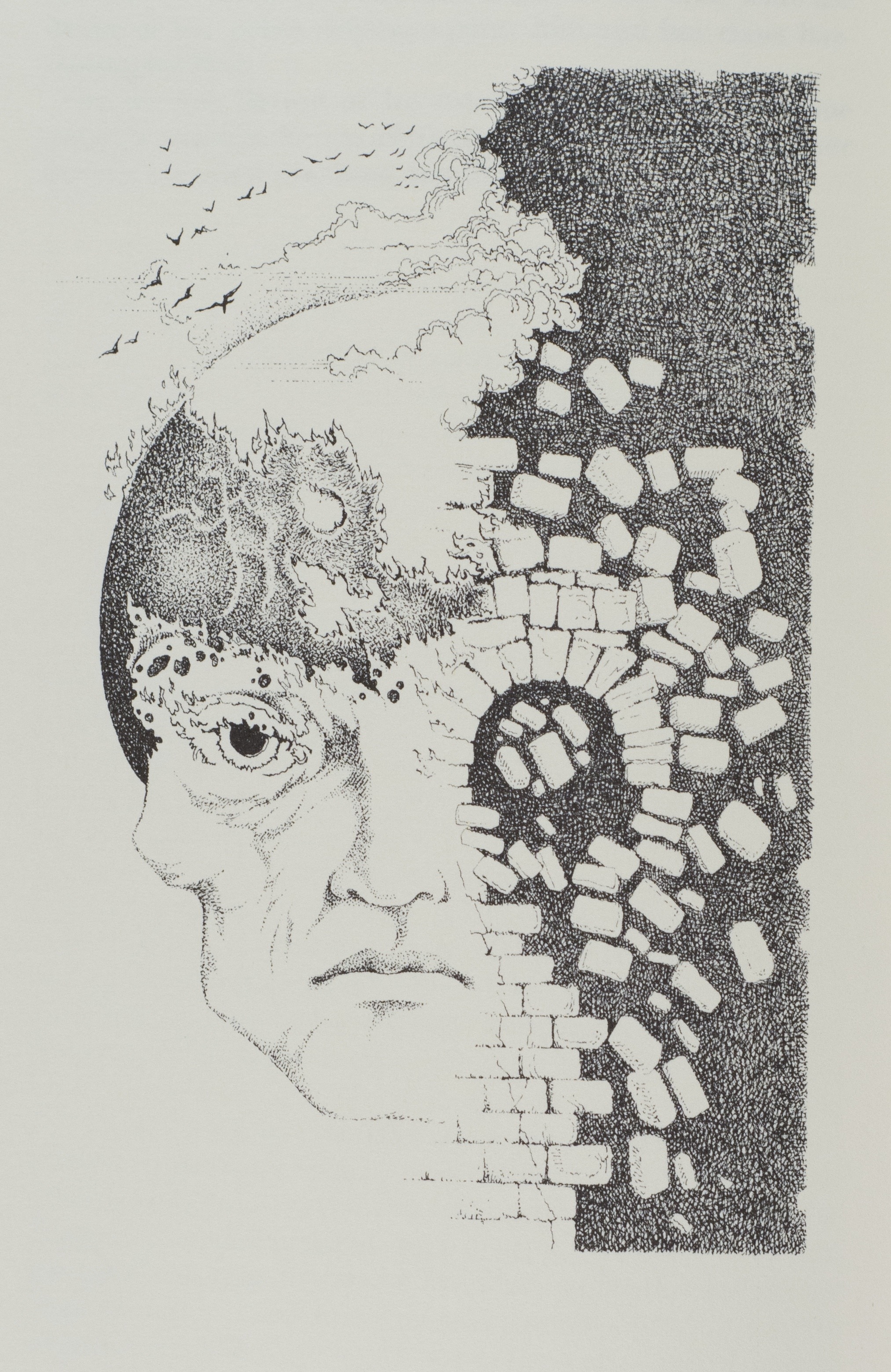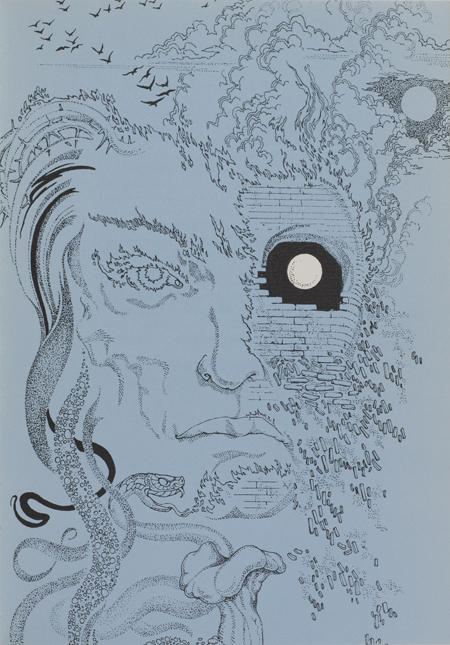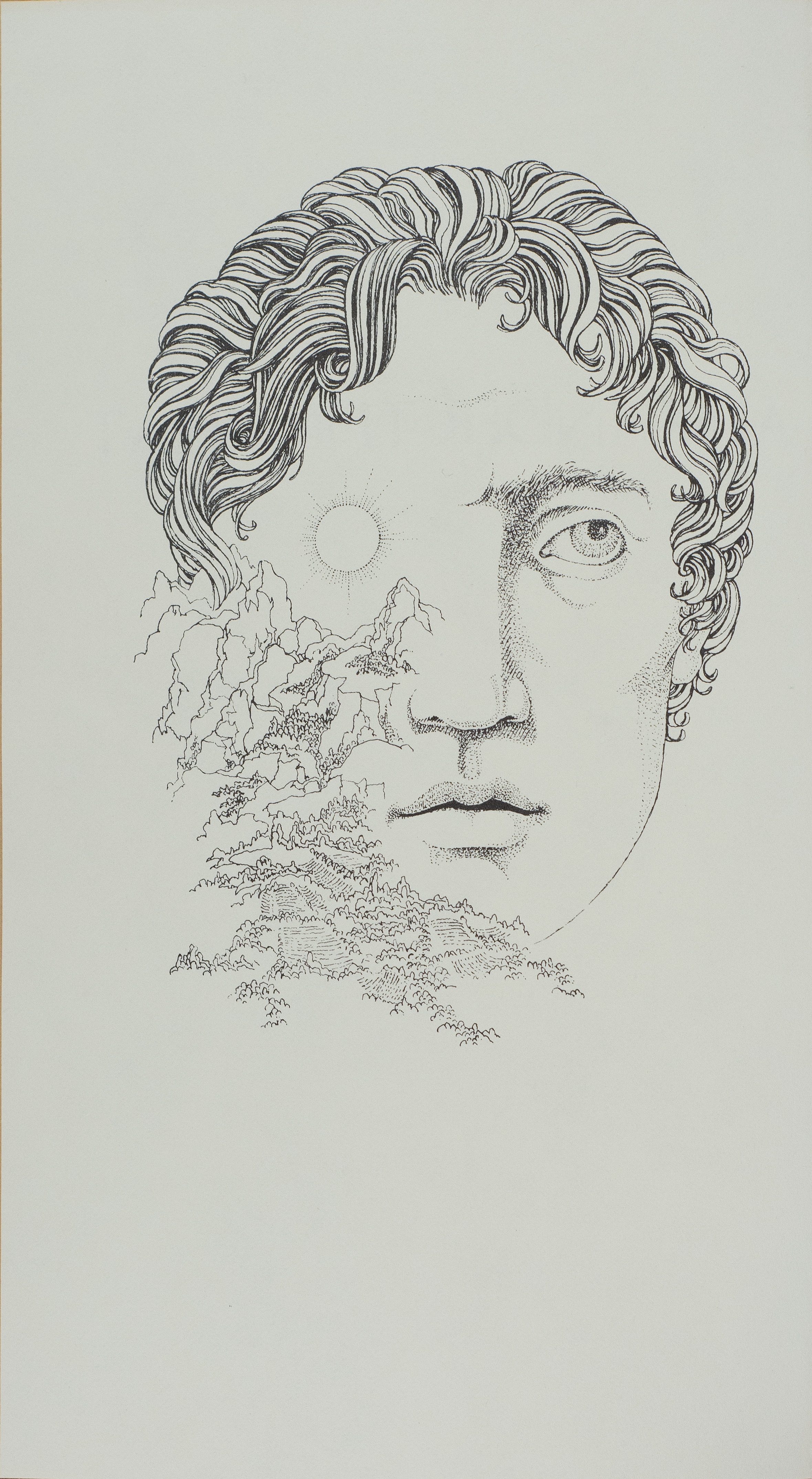Introduction
Virgil Burnett was born in 1928 in Wichita, Kansas, to a miller and builder who travelled widely within the United States. He attended Columbia University in New York as an undergraduate and was drafted into the Korean War shortly after he earned his degree. He graduated from University of California, Berkeley, with a master's in art history in 1956. He studied the influence of English literary masters on Delacroix’s work, marking the beginning of his interest in the relationship between art and text. Burnett continued his research with a Fulbright scholarship to study in Paris from 1956-57. There he met a number of significant literary and artistic figures, in particular Maurice Darantière (1882-1962), a noted master printer and publisher of fine books who published the works of distinguished French authors, as well as the original edition of James Joyce's Ulysses. Darantière inspired Burnett to pursue a career in the book arts, helping him to realize his potential as an artist and illustrator. In the 1960s, Burnett founded Pasdeloup Press, which produced its first work, Le roi s’amuse, in 1966. In the 1970s, he began seriously writing and illustrating his own works. From 1973 to his retirement in 1992, Burnett worked as a professor of fine arts at the University of Waterloo in Stratford, Ontario. After his retirement, he turned to sculpture and began experimenting with terra cotta sculptures of the female form until his death in 2012. Virgil Burnett’s career as a writer, publisher, printer, and illustrator was marked by a deep appreciation for art and the artist community.
Although he was also a writer, sculptor, and printer, much of Virgil Burnett's work takes the form of illustration. Burnett understood the role of the illustrator as an “interpretive artist,” whose job it is to react to and expound on the text at hand. His corpus of illustrations demonstrates the many ways one can interpret a text and create new meaning. Burnett’s body of work demonstrates the power of the creative imagination. His work shows the potential of the collaborative nature of the illustrated book to expose our collective aspirations and appetites.
Burnett’s mode of illustrative work also reveals itself in his themes, the most common of which are featured in the exhibit. The themes of medievalism, eroticism, the artist as prophet, and the moral degradation of civilization are displayed on each of the four major panels. Burnett understands these themes as key indicators of the material and spiritual struggles of human existence. They manifest themselves in his drawings through a vocabulary of medieval symbols, fantastical erotic images, and scenes of decadence and decay.
Burnett’s themes and his self-image as an artist can be seen explicitly in the development of his personal publishing house. He founded his own press in the 1960s, Pasdeloup Press. It began printing books that evoke the craftsmanship and individual vision that can be seen in the creation of medieval manuscripts and the work of William Morris, Charles Ricketts, and other participants of the 19th-century revival of printing, further speaking to his desire to reclaim the personal and detail-oriented process of publishing of the medieval era. In later years, Pasdeloup published tributes to artists that influenced or inspired Burnett. These books demonstrate the deep respect and gratitude Burnett felt for the artist community.


